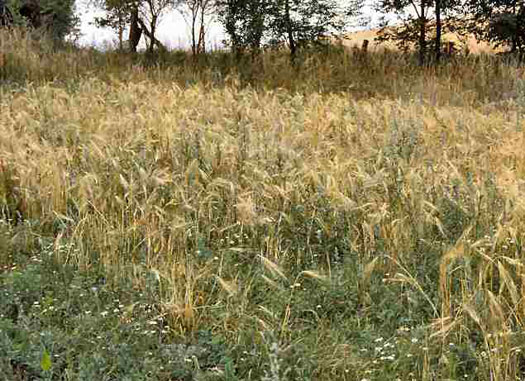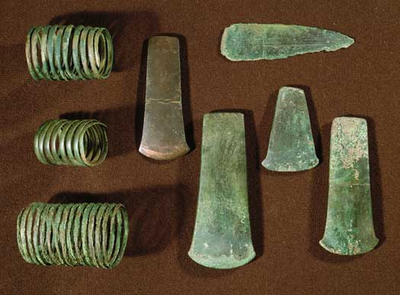
The introduction of farming in northern Europe
The introduction of farming was a major change in the long history of mankind. Whilst the hunters and fishermen depended solely on natural resources, the first farmers in northern Europe could hunt and fish but also, most importantly, grow their own food. This meant more work, but also more mouths could be fed and the population increased.
Cultivating corn and keeping domestic animals required space. Man began to disturb the balance of nature. The forest was burnt and cleared and afterwards wheat and barley were sown in the ash-covered soil. After a few seasons the earth became infertile and new areas had to be cultivated. In addition, the introduction of agriculture required significant changes in the mentality of the farmer. He had to save seed for the next season, breed and tend to his animals, as well as maintain his property, challenges which required long-term planning.
In the last millennium of the Mesolithic period the farming societies in the south and hunters in the north made contact with each other. In the exchange of goods the hunters obtained valuable and exotic axes and clubs made of foreign stone types. The first metal axes also came to Denmark around 4000 BC. At the same time crop cultivation and the domestication of animals were introduced.



